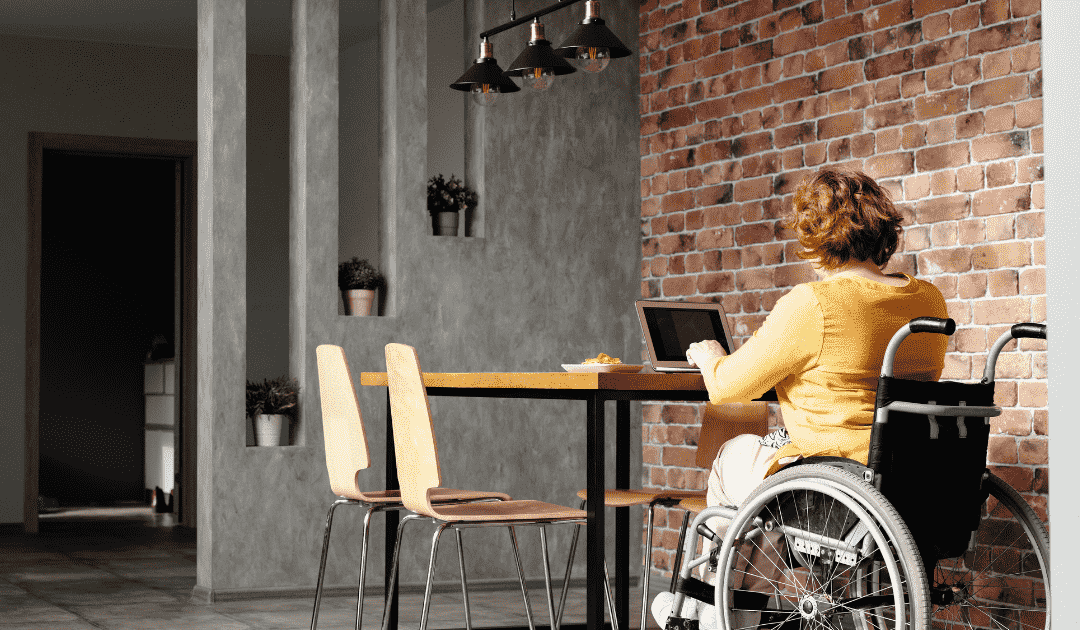The real estate industry still has a long way to go when it comes to building truly accessible spaces for all, and the new $956-million Toronto courthouse is just the latest example of how Canada is falling short. With a claim to be the “most accessible courthouse in Ontario,” the building exposes a harsh reality: accessibility is still being treated as an afterthought.
An inspection of the courthouse, led by Dave Lepofsky, chair of the Accessibility for Ontarians with Disabilities Act Alliance, revealed major barriers: confusing layouts, inaccessible pathways and poorly installed wayfinding systems.
Unfortunately, this issue of accessibility in private and public spaces is not isolated. Across Canada, we see new development projects that meet minimum legal standards for accessibility but still fail to create spaces that everyone can use comfortably and independently. It’s a systemic problem that highlights how merely meeting minimum accessibility standards falls short.
We must adopt a new standard of inclusive design that proactively addresses the needs of people of all abilities. The real estate industry has the power—and the responsibility—to lead this transformation.
Rethinking accessibility beyond requirements
In Ontario, legal standards such as the Ontario Building Code (OBC) establish minimum accessibility requirements, but these standards don’t fully address the diverse needs of individuals who rely on accessibility the most. Accessibility isn’t a one-size-fits-all model. Catering to the diverse needs of individuals requires a more thoughtful, flexible and intentional approach.
Will a parent pushing a stroller be able to open this door with ease? Will someone with a lower or upper limb amputation be able to navigate this space without assistance? Will a person with vision loss feel safe and confident moving through this space? Can someone using a wheelchair easily access all areas without obstacles? Are light switches, thermostats and outlets placed at heights that are convenient for everyone? Is the lighting sufficient to ensure safety and visibility in all areas, regardless of the time of day?
These are the kinds of questions we need to ask at every stage of designing a community. True accessibility transcends checklists, focusing on creating environments that foster independence. By collaborating with individuals with lived experience, developers can identify barriers and design communities that eliminate them from the start.
This human-centred approach to design and construction is where Daniels’ Accessibility Designed Program (ADP) was born. The ADP helps with not only improving quality of life but also ensuring that accessibility is built in, not added on as an afterthought.
Creating homes and spaces that adapt to changing community needs
As our population ages and mobility challenges become more common, creating accessible spaces is no longer optional—it’s a necessity. By 2030, the Canadian government estimates that one in four Canadians will be over the age of 65, and with 2.7 million already living with mobility disabilities, the need for inclusive design is clear.
Accessibility benefits everyone, leading to more functional, user-friendly environments. True progress requires collaboration across the industry, with developers, builders, architects and urban planners integrating accessibility from the start.
A call to fellow developers and the community
The strides being made in accessibility are significant, but there is still much more we can do together. The real estate industry has a unique role to play in driving the creation of truly inclusive communities. The Accelerating Accessibility Coalition, for example, brings together leaders in real estate development and accessibility, challenging home builders to make accessibility a priority as we work to meet the growing demand for new homes across Canada.
Accessibility is not just a design feature; it’s a transformative force that enhances independence, fosters connection and improves our spaces for everyone. The homes and communities we build today will set the standards for tomorrow.
By joining this movement, you can help shape the future of our communities and ensure that nobody is left behind. Together, as an industry, let’s seize this opportunity to create accessible, inclusive spaces that meet the needs of today and the future. The path forward is clear, and the time to act is now.

Jake Cohen is Chief Operating Officer of The Daniels Corporation.















